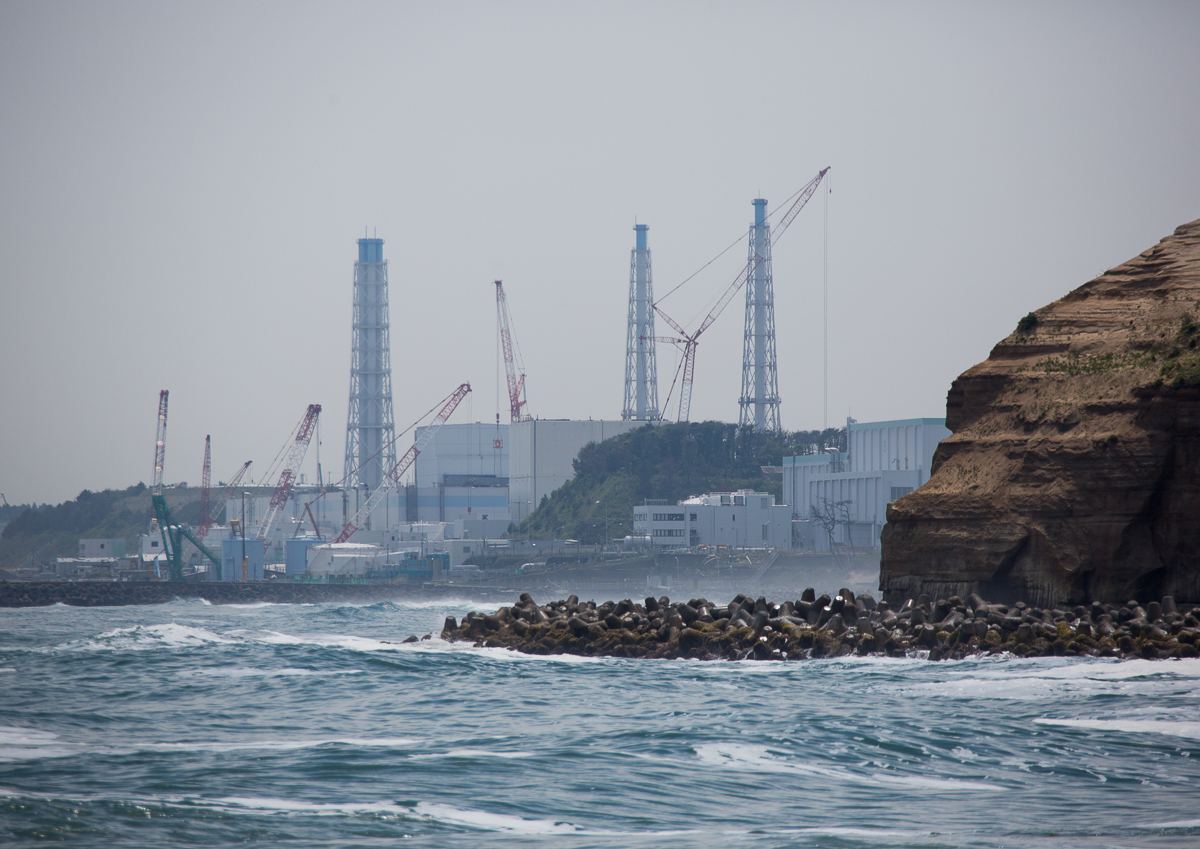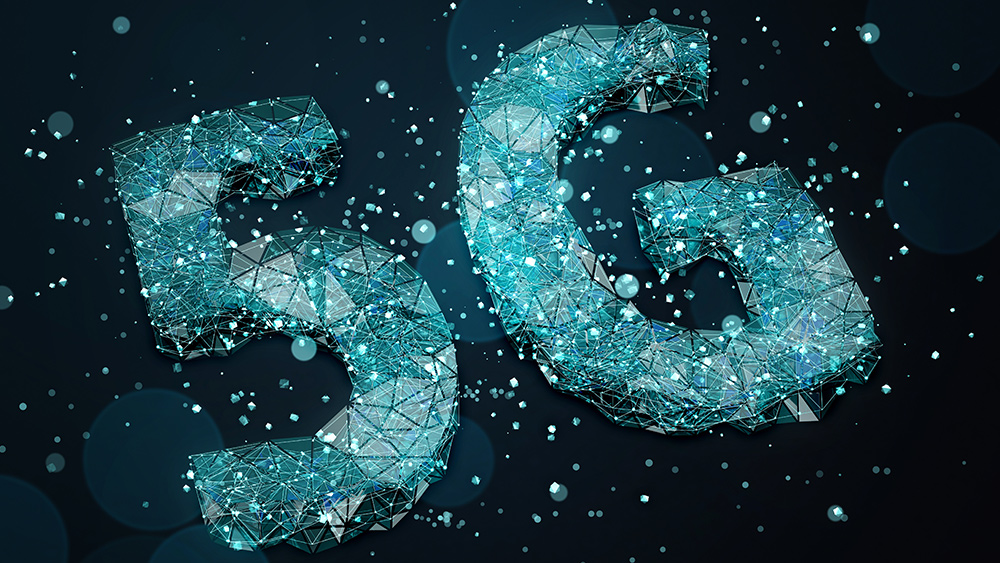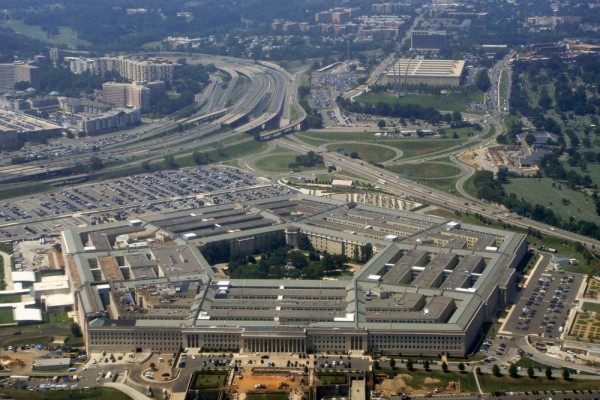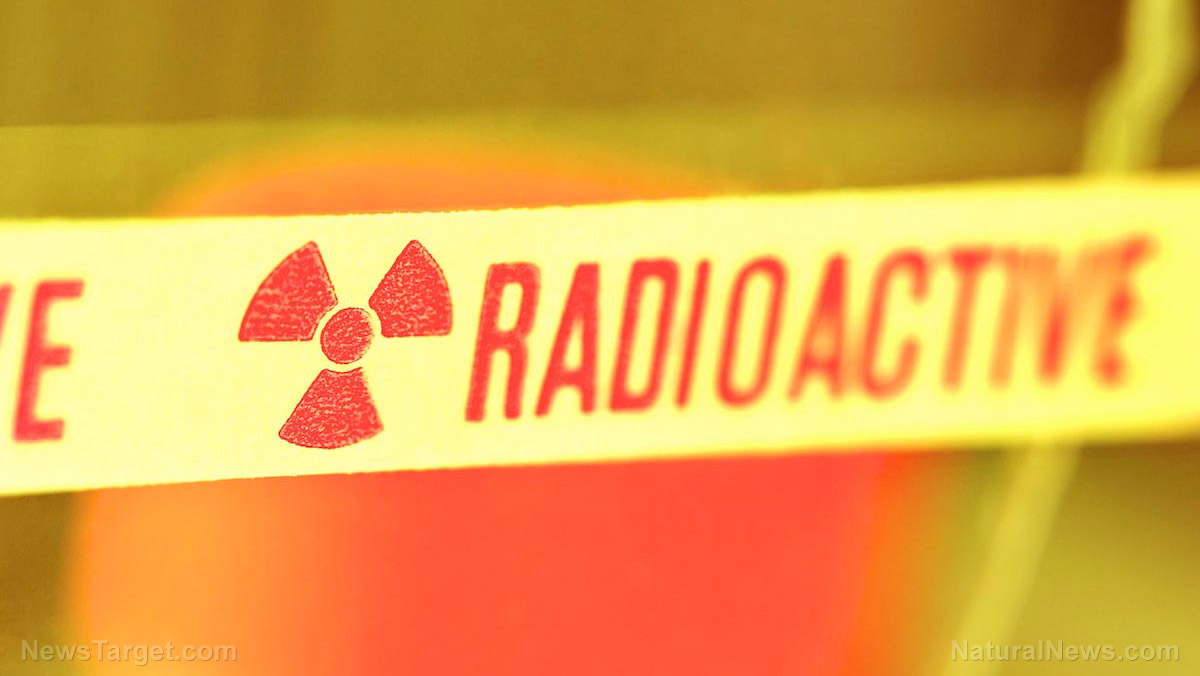THREE IN ONE GO: Huge solar eruption hits Earth, the moon and Mars all at once for the first time in history
08/11/2023 / By Kevin Hughes

A solar storm hit the planet Earth, its moon and the neighboring planet Mars all at the same time – the first time that such an explosion was immediately measured on three planetary surfaces.
While the solar storm was identified on Oct. 28, 2021, scientists who studied the event only reported their findings recently. The October 2021 solar blast was only the 73rd ground-level enhancement since records began in the 1940s, and none have been recorded since. Nevertheless, it was the first time a solar storm has struck three planetary surfaces synchronously.
An international group of spacecraft identified the blast, discovering the particles were active enough to surge through Earth’s magnetic field that usually protects the planet from such events. The solar storm battered the moon and Mars because of a lack of magnetic fields, which astronomers fear could be dangerous for future human exploration.
According to the scientists who analyzed the event, the incident was an example of a rare “ground-level enhancement.” In such instances, particles released in the eruption are solar active enough to move through the magnetic bubble encircling Earth and protecting the planet from less active solar outbreaks. (Related: Earth just dodged a potentially apocalyptic-level solar storm – are we safe?)
Since the moon and Mars aren’t shielded in a “bubble” like Earth, particles from the sun can combine with the soil to make secondary generation. However, Mars has a thin atmosphere that halts most lower-energy solar particles and decelerates the highly energetic ones.
Scientist Jingnan Guo of the University of Science and Technology of China (USTC) noted that understanding the October 2021 solar storm and other similar events “is crucial for future crewed missions to the surface of the moon.”
She said: “Our calculations of the past ground-level enhancement events show that on average one event every 5.5 years may have exceeded the safe dose level on the moon if no radiation protection had been provided.”
Space radiation poses a risk to space crews
“We are still facing one major hurdle, ‘space radiation,’ which is a significant and unavoidable risk for crews’ health, especially for long-term stays at future lunar or Martian stations,” a group of USTC scientists stated.
“In particular, sporadic solar energetic particles (SEPs) generated via extreme solar eruptions may enhance the lunar or Martian surface radiation levels to potentially hazardous values.”
Two rovers of the National Aeronautics and Space Administration (NASA) reportedly detected the October 2021 solar storm. Its Lunar Reconnaisance Orbiter clocked in just 31 milligray (mGy), while the Mars-based Curiosity rover detected a measly 0.3 mGy. The European Space Agency‘s (ESA) ExoMars program meanwhile measured nine mGy.
According to the ESA, “a radiation dose above 700 mGy … may induce radiation sickness via destruction of the bone marrow, resulting in symptoms such as infection and internal bleeding.” If an astronaut receives more than 10 Gy, they are greatly improbable to survive more than two weeks.
Protecting astronauts as they set out into space is a vital and critical task for NASA’s European counterpart. Thus, understanding and predicting severe radiation events is an essential part of this mission. Specialized instruments measure the radiation environment in space and are utilized to protect crucial space-borne and ground-based infrastructure as well as the astronauts.
If warned on time, astronauts on planetary surfaces could look for protection in bodywear or shelter in caves. The present policy on the International Space Station is to withdraw to the sleeping quarters or the kitchen, where walls protect against radiation.
Follow Space.news for more news about solar storms.
Watch this video that discusses a solar storm that happened a few months ago.
This video is from the Alex Hammer channel on Brighteon.com.
More related stories:
Solar storms could bring down modern civilization.
Sources include:
Submit a correction >>
Tagged Under:
cosmic, dangerous, discoveries, earth, European Space Agency, Mars, moon, NASA, physics, radiation science, radiation sickness, solar eruption, solar storm, Space, space crews, space exploration, space radiation, Spacecraft
This article may contain statements that reflect the opinion of the author
RECENT NEWS & ARTICLES
COPYRIGHT © 2017 RADIATION SCIENCE




















